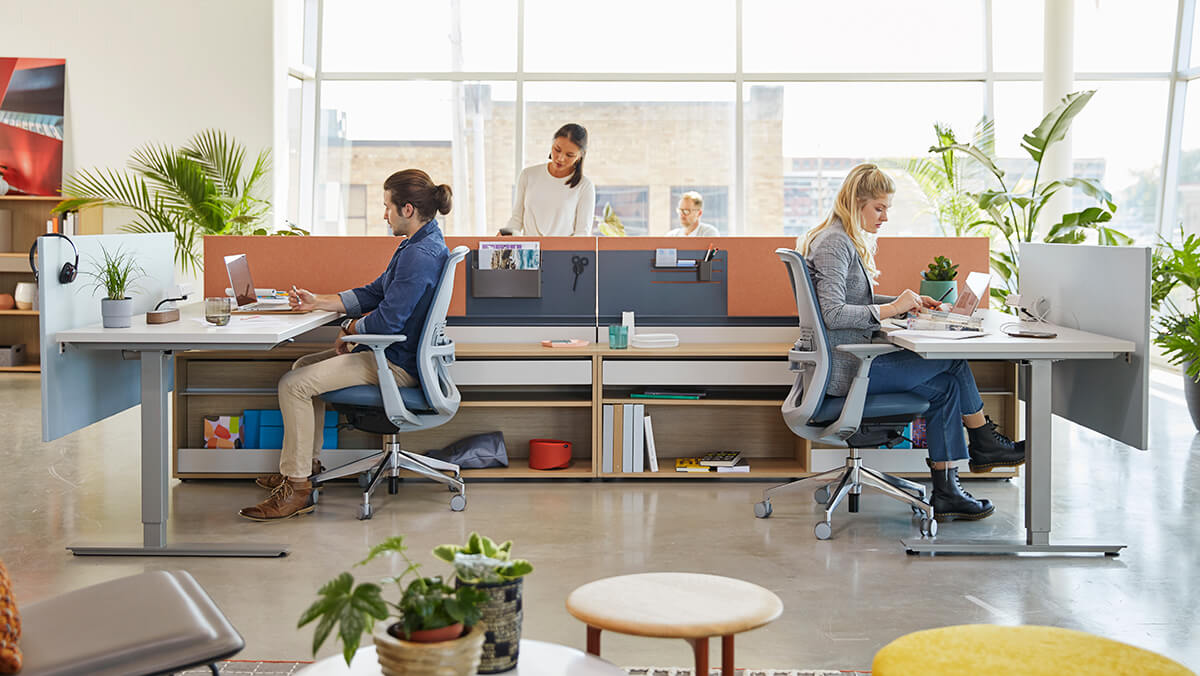When you think of office spaces, what comes to mind? Maybe you see rows and rows of cubicles — or perhaps you think of your own cozy home office.
There’s no doubt the world of office spaces has evolved drastically, especially since the pandemic has increased the rate of remote work. Some are working from home entirely. Others are maintaining a hybrid schedule. But even before 2020, office spaces have gone through many iterations. From open floor co-working spaces to tightly packed lines of cubicles for office environments (and back again).
It’s exciting to imagine what offices will look like ten, twenty, or even eighty years from now! But before we start imagining the future, here’s a brief history of the office cubicle and how we got to where we are today.

Some things are too good to keep to yourself.